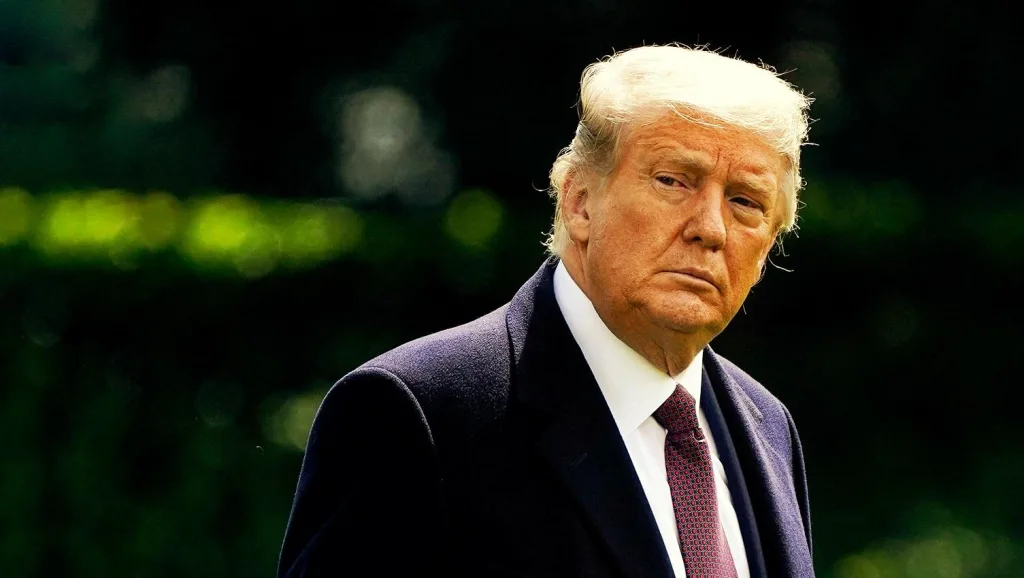The Trump Factor: Assessing the Impact of a 2024 Election Win on the Global Steel Market
3 min read
The Trump Factor: Assessing the Impact of a 2024 Election Win on the Global Steel Market
Introduction:
The prospect of former President Donald Trump winning the 2024 election has sparked significant speculation and debate regarding its potential implications across various sectors. One area of particular interest is the global steel market, which experienced considerable shifts and volatility during Trump’s previous term in office. In this article, we will analyze the potential impact of a Trump victory in 2024 on the global steel market, considering key policies, trade dynamics, and market sentiments.
Trump’s Previous Policies and the Steel Market:
During his presidency, Donald Trump implemented several policies aimed at reviving the U.S. steel industry and protecting domestic steel producers. Central to these efforts was the imposition of tariffs on steel imports under Section 232 of the Trade Expansion Act of 1962. These tariffs, which targeted steel imports from various countries, including China, sparked trade tensions and reshaped global steel trade patterns.
The tariffs on steel imports were intended to bolster domestic steel production, support American steelworkers, and address concerns about unfair trade practices and overcapacity in the global steel market. While these measures initially led to a surge in domestic steel prices and production, they also elicited retaliatory measures from trading partners and raised concerns among downstream industries reliant on steel inputs.
Impact on Global Steel Trade and Prices:
The imposition of tariffs on steel imports by the Trump administration disrupted global steel trade flows and contributed to heightened market uncertainty. Import restrictions and trade tensions prompted some countries to seek alternative steel suppliers and adjust their trade strategies, leading to shifts in trade patterns and market dynamics.
Furthermore, the tariffs on steel imports contributed to volatility in global steel prices, with fluctuations influenced by supply chain disruptions, trade negotiations, and shifting demand patterns. While domestic steel producers benefited from higher prices and increased market share in the short term, downstream industries faced challenges due to elevated input costs and supply chain disruptions.
Potential Implications of a Trump Win in 2024:
If Donald Trump were to win the 2024 election and return to office, his administration would likely prioritize policies aimed at further protecting domestic industries, including steel. This could entail maintaining or expanding tariffs on steel imports, implementing additional trade restrictions, and pursuing measures to support domestic steel producers.
A continuation of protectionist trade policies under a Trump presidency could exacerbate trade tensions and uncertainty in the global steel market. Retaliatory measures from trading partners, disruptions to global supply chains, and fluctuations in steel prices could persist, affecting steel producers, consumers, and investors worldwide.
Furthermore, a Trump administration may seek to address broader economic challenges, including inflationary pressures and supply chain vulnerabilities, which could influence steel market dynamics. Policies related to infrastructure investment, industrial revitalization, and energy production could also impact steel demand and prices, shaping the outlook for the global steel market.
Conclusion:
The potential impact of a Trump victory in the 2024 election on the global steel market is subject to various factors, including policy decisions, trade dynamics, and broader economic trends. While a continuation of protectionist trade policies could sustain uncertainty and volatility in the steel market, other factors such as infrastructure spending and industrial policies could also shape market dynamics.
As the election approaches and political developments unfold, stakeholders in the steel industry will closely monitor policy proposals and their potential implications for steel trade, prices, and investment opportunities. Adaptability, informed decision-making, and a thorough understanding of market dynamics will be essential for navigating the evolving landscape of the global steel market under a potential Trump presidency in 2024.



